
One of the most spectacular road trips Australia has to offer is the journey north along the western coast, from Perth to Exmouth. Along the way, you’ll encounter a variety of landscapes, including desert, marine reserves, secluded bays, and national parks teeming with geological wonders. As an added bonus, you can even go snorkeling with whale sharks.
To fully appreciate it, one must be at ease with certain factors. This is a remote region: the road seems endless, travel times are considerable, and forgetting to refuel (as gas stations are scarce) can be disastrous.
Accommodations are typically modest and require self-catering. Nevertheless, visitors will have the opportunity to explore some of Australia’s most pristine landscapes, including its enchanting coastline, without the usual throngs of people.
This itinerary I’m about to outline can be either a standalone trip in the unexplored parts of Western Australia or a part of a more extensive journey that covers the entire country.
Don’t underestimate this route if you’re a family with young children. As long as you’re ready for the lengthy drives, this area offers some of the greatest family-friendly activities in Australia, such as watching wild dolphins up close and visiting the unique Shell Beach (more on that in a bit).
Exploring the Unspoiled West Coast of Australia by Road Trip
The journey spans well over 1,247 km (775 miles) and typically takes around 11 days, with some days requiring driving for upwards of five hours. However, my recommended itinerary breaks down the trip into manageable sections, allowing for ample downtime.
Section 1: Perth to Cervantes and Nambung National Park

After a four-hour drive to the north of the city, you’ll leave behind the urban Australia and enter the desert plains, surrounded by bushland and scrub, before finally reaching the fishing village of Cervantes.
This charming little place is famous for its lobster shacks and local crayfish, which is considered its lifeblood.
Take some time to enjoy a hearty lunch here before driving just five minutes to Nambung, the first national park on your route. The park boasts tooth-like limestone pillars emerging haphazardly from windblown sand.
Upon entering the park, the rangers will provide you with a map and guide you to the best driving loops and lookout points. We recommend spending some time until late afternoon when most of the day-trippers from Perth have left, allowing you to wander among the unusual formations in peace. As the sun sets, the pillars’ eerie shadows stretch out, making for a surreal experience.
The following morning, you can either return to Nambung or explore Cervantes’ coastline, where you can visit secluded bays meant exclusively for local surfers before continuing your road trip.
Section 2: Traveling from Cervantes to Kalbarri National Park

The next leg of the journey takes you four hours north to Kalbarri, with the option of stopping at Jurien Bay for a visually stunning coffee break. The town’s immaculate white sand, aquamarine waters, and fishing boats offer an ideal setting for relaxation.
Kalbarri is busier than Cervantes, but it offers a chance to explore the Kalbarri National Park, a veritable oasis in contrast to Nambung. Creeks and rivers surrounded by red gums and other vegetation run through the park, offsetting the russet Tumblagooda sandstone.
During the months of July to November, wildflowers bloom along the creeksides, gorges, and clifftops, with a variety of orchids and pink pincushion cone flowers to enjoy.
Kalbarri offers several easy walking trails that are shaded for a comfortable experience. One of the most popular trails is the 1km (0.6-mile) trail to Nature’s Window, a natural opening in a sandstone arch that provides a stunning view over the Murchison Gorge.
We recommend staying in Kalbarri for two nights to explore the national park and prepare for the longest stretch of your journey.
Section 3: Traveling from Kalbarri to Shark Bay and Monkey Mia

While this route can take up to five to six hours, I suggest making a few stops along the way. Your final destination is Shark Bay, a region of Western Australia where the coastline is dotted with skinny peninsulas and sparsely populated areas. The offshore seagrass meadows host a healthy population of dugongs, and despite its name, shark sightings are rare.
From Kalbarri, the road heads inland and winds through a featureless, red Outback-like terrain. About halfway through the drive, you’ll find the first noteworthy detour: Hamelin Pool, a marine reserve.
Although it adds an extra 90 minutes to your drive, I believe it’s worth it to see the pool’s colony of stromatolites. These are the oldest living organisms in the world, dating back over 3.5 billion years, and are representative of life on Earth from that time.
The waters of Hamelin Pool are decorated with stumpy, petrified giant mushrooms known as stromatolites. These organisms are the oldest living creatures on Earth, and they extend far into the ocean. You can view them at low tide while walking on a boardwalk with informative panels.
A picnic area is also available nearby. It adds an hour and a half to your driving time, but a visit to Shell Beach is worthwhile. Millions of compacted bone-white cockleshells cover the beach, creating an optical illusion. The untroubled water is mirror-clear and safe for children to swim in.
Monkey Mia is your destination after a 5-6 hour drive. This tiny town is known for its local wild dolphins that visit daily for a free lunch. You can witness the controlled feedings, but you are not allowed to approach the dolphins. However, don’t be surprised if they swim around your legs in the knee-deep water.
You might also spot a mother dolphin with her young. Take time to relax in Monkey Mia, I suggest staying for a couple of nights before another challenging drive.
Section 4: Monkey Mia to Coral Bay

After heading back inland, you’ll find yourself driving for hours on an almost unnervingly straight road (known locally as the “ten-mile straight”) with little to look at except for a few scrubby trees and the occasional roaring road train.
If the thought of six hours of straight driving is too much, consider breaking up your journey with an overnight stay in Carnarvon, a farming town known for its mango plantations and products.
Just a half-hour drive from Carnarvon, you’ll find clifftops with blowholes that put on quite a show when the ocean is rough. From there, it’s a two-and-a-half-hour drive to Coral Bay, a quaint village with only one street. You can easily wade into waist-deep water from its beach and immediately start snorkelling on Ningaloo Reef, which is the highlight of the Ningaloo Marine Park.
In Coral Bay, you can rent snorkels and fins, and despite the reef’s proximity to the town, there is plenty of aquatic life to be seen, including loggerhead turtles that sometimes make their way into the shallows.
Section 5: Coral Bay to Exmouth

After spending a day or so exploring Coral Bay, you have the option to drive 90 minutes across the cape to reach the town of Exmouth. Alternatively, you can drive there directly from Carnarvon or, if needed, from Monkey Mia.
Similar to Coral Bay, Exmouth provides ample opportunities for water-based activities such as snorkelling with whale sharks. It also serves as a convenient base for exploring Cape Range National Park (details below).
To make the most of your time, I suggest spending at least three nights in Exmouth before returning your rental car at Learmonth Airport (just a half-hour drive away) and flying back to Perth.
Best places to stay in Australia’s wild west

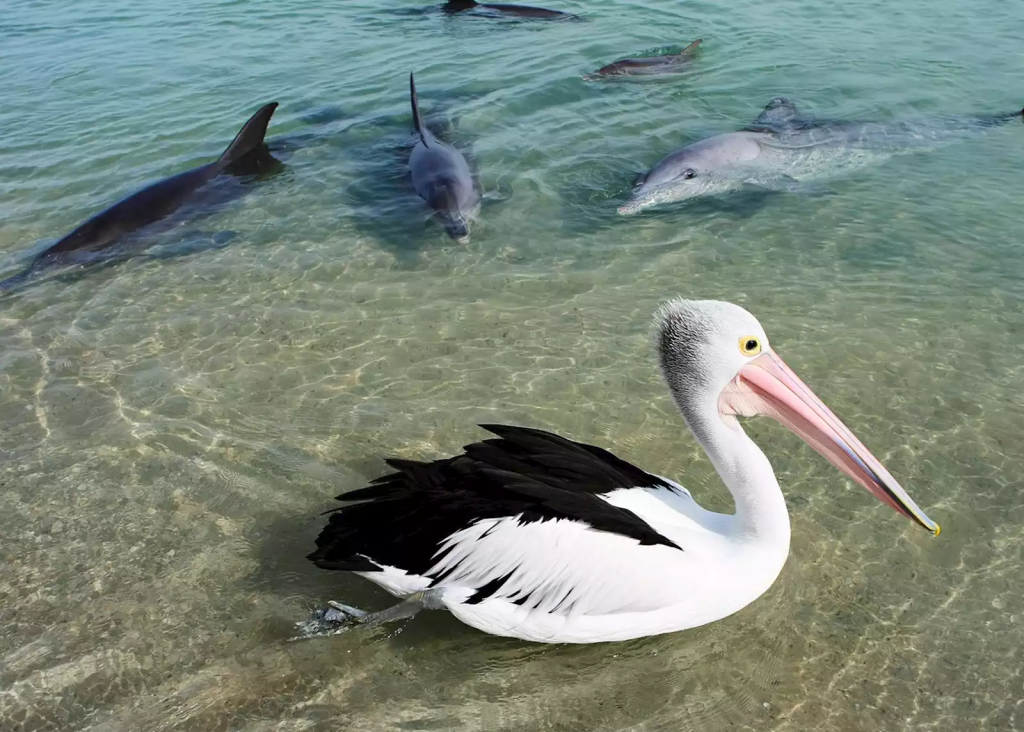
Most of the places to stay along the way are simple, homemade self-catering accommodations, but two options stand out.
The first is the Monkey Mia Dolphin Resort, which offers self-catering rooms with ocean views, a swimming pool, and a restaurant. The resort is also home to several resident pelicans, although they are less friendly than the local wild dolphins and may eye your breakfast with displeasure.
For a luxurious glamping experience to cap off your trip, consider staying at Sal Salis. Its safari-style tents are nestled among the soft sand dunes and beaches of Cape Range National Park. Your stay includes many experiences, such as whale shark watching and snorkelling, as well as gourmet meals. You can even go snorkelling on the Ningaloo Reef before breakfast if you desire.
Best time to visit west-coast Australia
The optimal period to explore the west coast of Australia is from June to August as it increases your likelihood of witnessing the magnificent wildflowers in full bloom and spotting whales swimming in the area.

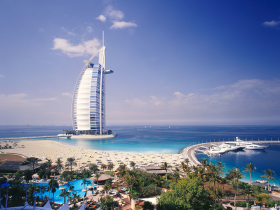
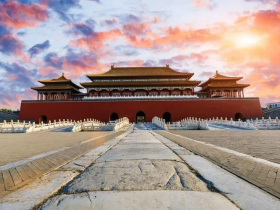
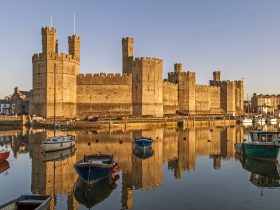
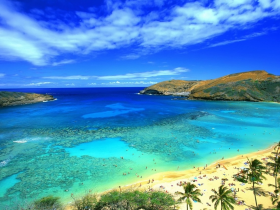
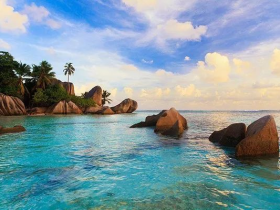
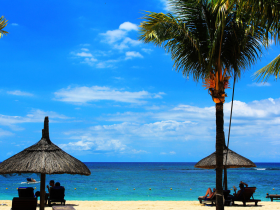
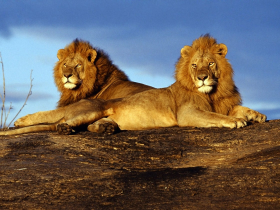
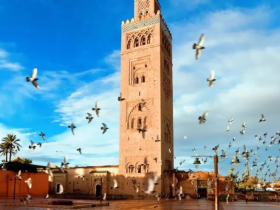
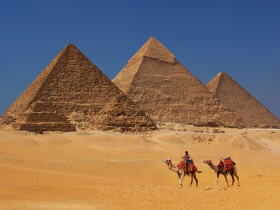
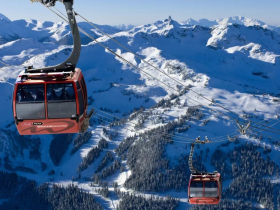
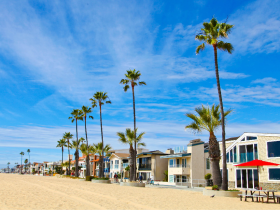
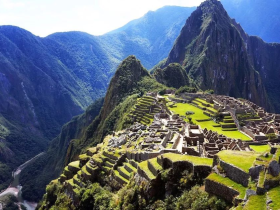
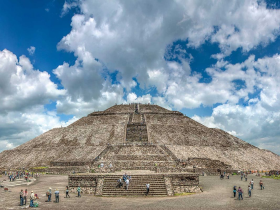
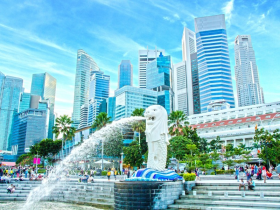
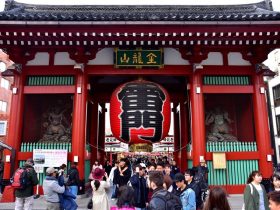
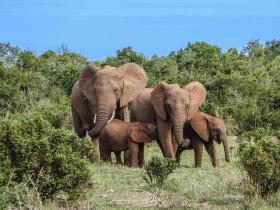
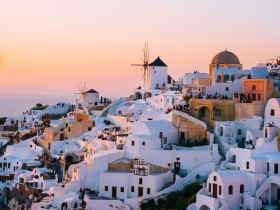
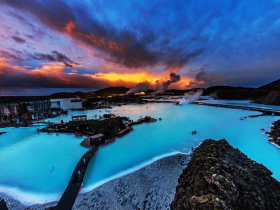
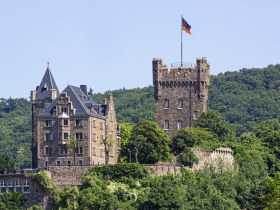
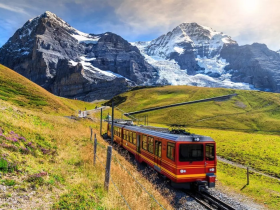
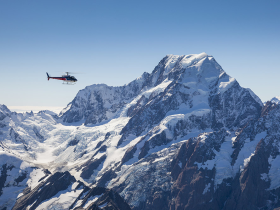
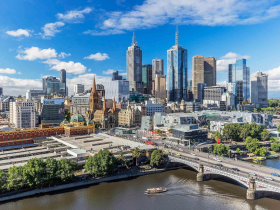
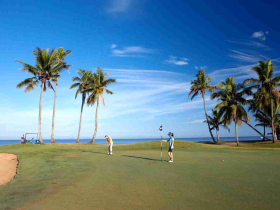
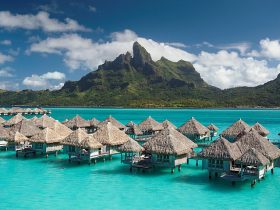
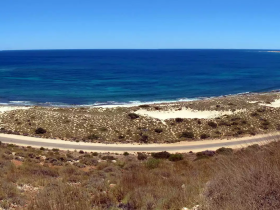
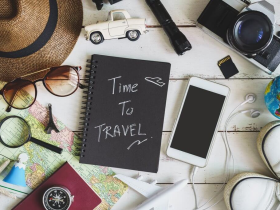

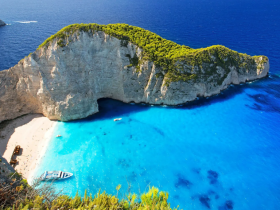
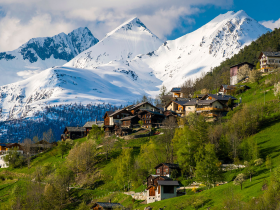
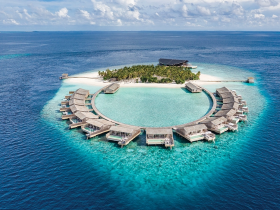

Leave a Reply